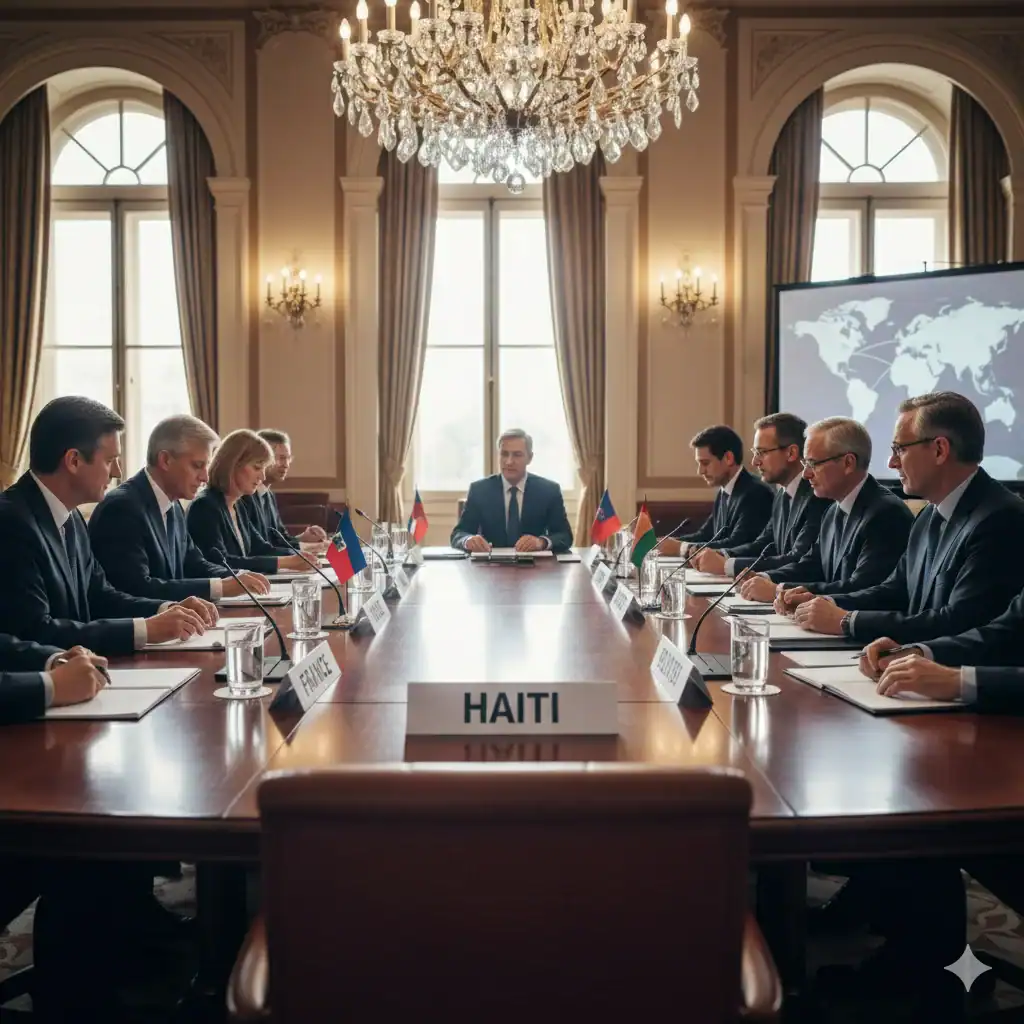Haiti stands at a crucial moment in its leadership journey. Questions are mounting about government priorities, spending, and the true purpose of foreign travels carried out by those in power.
A recent trip to Japan by the President of the Transitional Presidential Council, Laurent St-Cyr, has sparked renewed debate among citizens who wonder whether such missions bring any real benefit to the country.

Many observers have pointed out a troubling pattern within the Haitian state — a lack of coherence. Different branches of government seem to operate with different goals.
While one group focuses on security, another pursues tourism and diplomacy, creating an impression of division rather than unity. In a country where urgent issues such as insecurity and institutional instability dominate everyday life, this inconsistency sends a confusing message to the public.
The debate intensified when President St-Cyr skipped key national events, including the judicial opening ceremony and the first Council of Ministers meeting, to attend an exposition in Japan.

Critics questioned whether it was necessary for the head of the Transitional Council himself to travel for what seemed like a primarily cultural and touristic event — a trip that reportedly cost hundreds of thousands of dollars. In a nation struggling to pay teachers, police officers, and civil servants, the optics are hard to justify.
Supporters of the trip argue that it placed Haiti on the international stage. St-Cyr claimed he met with Emperor Naruhito and Japan’s Prime Minister Shigeru Ishiba to discuss Haiti’s political and security situation.
However, experts have pointed out that Japan’s emperor holds only a symbolic role, and the prime minister had already announced his resignation days before the meeting. These facts raise doubts about the actual diplomatic impact of such engagements.
Haitians are left wondering what tangible results came from this trip. Did it strengthen Haiti’s international partnerships? Will it lead to security assistance or investment? Or was it simply another costly gesture in a time when the country can least afford symbolic diplomacy?

Adding to public frustration, St-Cyr has announced plans to travel again soon — this time to Qatar — to discuss security and investment. Yet many ask: How realistic is it to attract investors to a country facing ongoing political crises, limited justice, and severe insecurity? Without addressing the roots of instability, international exposure means little.
Haiti’s leadership appears to be at a crossroads. The country’s priorities need to align with its reality. Instead of spending on appearances abroad, the focus should return home — to building stability, ensuring safety, and restoring trust in governance.
As citizens watch leaders board planes while local schools, hospitals, and communities struggle, one truth becomes clear: the future of Haiti will not be shaped by foreign meetings, but by what happens on Haitian soil.


